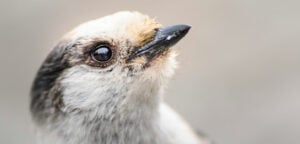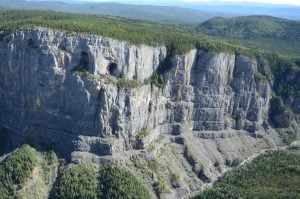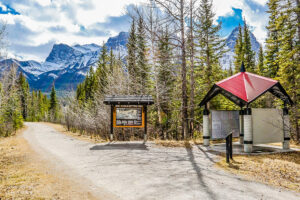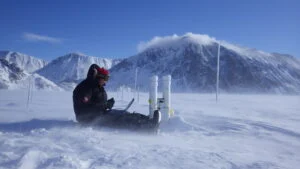
Wildlife
The naturalist and the wonderful, lovable, very bold jay
Canada jays thrive in the cold. The life’s work of one biologist gives us clues as to how they’ll fare in a hotter world.
- 3599 words
- 15 minutes
Exploration

SIMON FRASER
1776-1862 | St. Andrews West, Ont.
Charted much of B.C., and descended the perilous Fraser River with voyageurs and Indigenous guides while seeking new trade routes to the Pacific — a journey still considered one of the greatest feats in European exploration.
CHIC SCOTT (FRCGS)
1945- | Banff, Alta.

International mountaineering great, guide and historian. He was the first Canadian to break into the international climbing scene, guiding in the Alps, and later made many Canadian first ascents and major ski traverses in the Rockies and Columbia Mountains.
RAY ZAHAB (FRCGS)
1969- | Chelsea, Que.
Global adventurer and ultramarathoner who has run more than 14,000 km through the world’s most extreme environments, including the Sahara and Gobi deserts, Antarctica, Lake Baikal and Baffin Island. His foundation impossible2Possible harnesses “adventure learning” to empower and educate youth.
LAVAL ST. GERMAIN (FRCGS)
1968- | Calgary
Mountaineer and endurance adventurer: climbed the Seven Summits and the highest peaks of almost 20 countries; was the first Canadian to climb Mount Everest without supplemental oxygen; and set the speed record for rowing solo across the Atlantic Ocean (53 days).
GEORGE KOUROUNIS (FRCGS)
1970- | Toronto

Storm chaser and Angry Planet host who specializes in documenting natural disasters and extreme weather all over the globe, including Kansas tornadoes, Gulf of Mexico hurricanes, B.C. forest fires and an erupting volcano in Vanuatu.
SIMON DONATO (FRCGS)
1976- | Canmore, Alta.
Ultra-endurance athlete, geologist, television host and founder of Adventure Science, which combines ultra-endurance athletics and field-based research such as health studies and large-scale archeological searches.
MYLÈNE PAQUETTE (FRCGS)
1978- | Montreal

Ocean navigator and the first North American to row solo across the North Atlantic (a more than four-month journey) in the more difficult west-to-east direction. She is a member of the Climate Reality Leadership Corps.
Previous: Geographic feats • Next: Going beyond
Are you passionate about Canadian geography?
You can support Canadian Geographic in 3 ways:

Wildlife
Canada jays thrive in the cold. The life’s work of one biologist gives us clues as to how they’ll fare in a hotter world.

Exploration
2022 is the International Year of Caves and Karst. Here’s why you should care about the hidden worlds beneath our feet.

Travel
The trail started with a vision to link Canada coast to coast to coast. Now fully connected, it’s charting an ambitious course for the future.

Science & Tech
Celebrating Canadian Innovation Week 2023 by spotlighting the people and organizations designing a better future